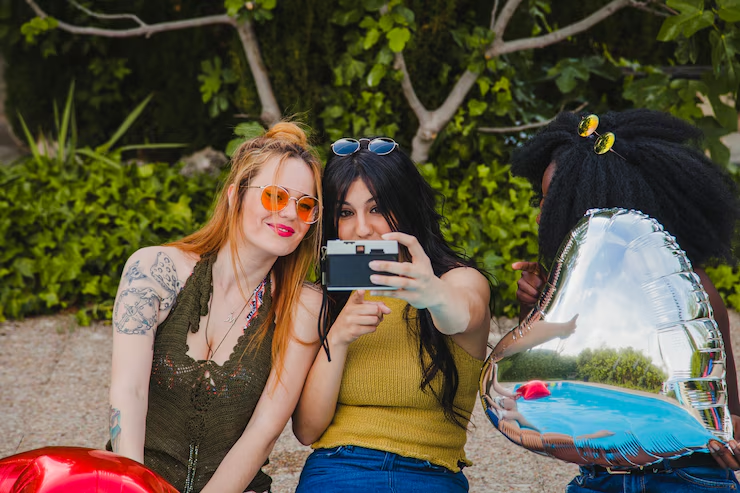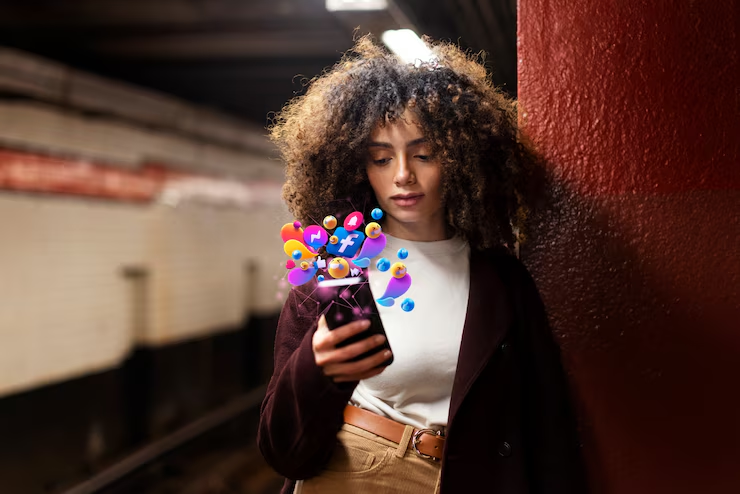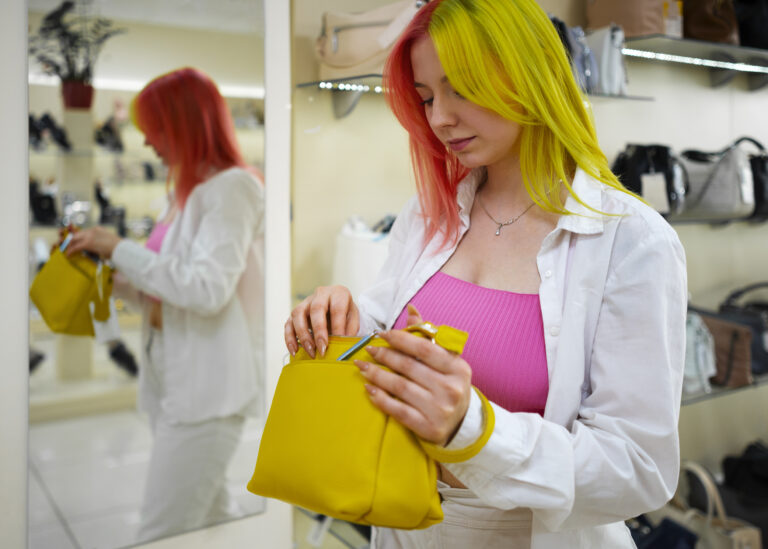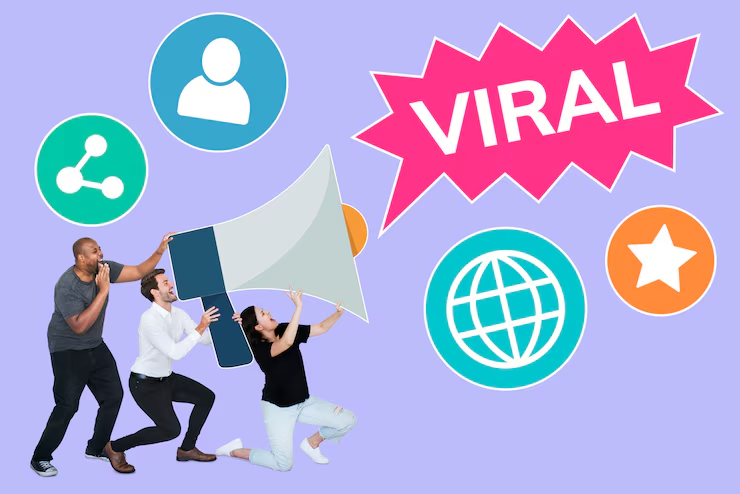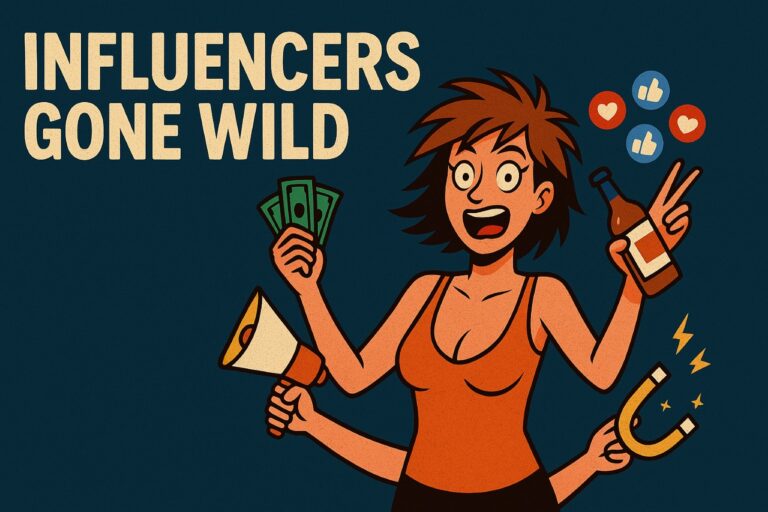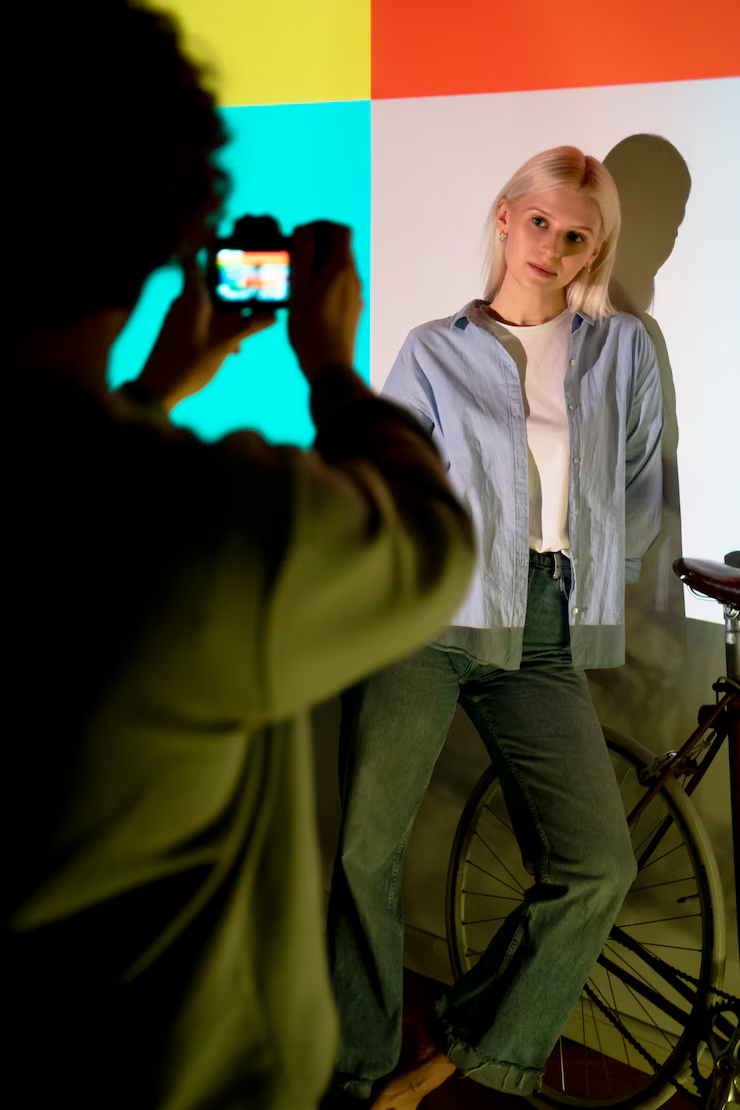Influencersgonewils: A Culture of Attention, Consequences, and Change
Introduction
Influencersgonewils is more than a cheeky internet phrase, it’s a signal that something’s off in influencer culture.
It describes moments when influencers cross ethical, emotional, or social lines in the name of engagement, often leaving a trail of backlash, regret, and reflection.
But beneath the shock is a deeper story one about pressure, performance, and the shared responsibility to build a better online world.
What Does “Influencersgonewils” Mean?
A Meme with Meaning
The term Influencersgonewils blends humor and critique. It’s a twist on “gone wild,” used when influencers post something so outrageous or inappropriate, it captures viral attention for all the wrong reasons.
Common behaviors include:
- Risky physical stunts
- Over-sharing traumatic experiences
- Promoting harmful lifestyle trends (like extreme dieting)
- Misleading or manipulative content
- Animal abuse or environmental exploitation
In essence, it represents moments when influence goes too far fueling attention, but losing direction.
Why Is This Trend Growing?
The Economics of Engagement
At its core, social media is powered by algorithms that favor content with emotional charge—surprise, outrage, envy, or awe.
For influencers, this means:
- More emotion = more visibility
- More visibility = more followers
- More followers = more income
When the goal becomes more at any cost, the content often escalates to dangerous extremes.
Fear of Being Forgotten
In a saturated creator landscape, the fear of losing relevance is real.
To avoid disappearing, some influencers feel they must:
- Be louder than the competition
- Post more frequently even without value
- Push content beyond healthy boundaries
This cycle of one‑upmanship creates a digital environment where sensationalism thrives.
Real-World Examples of influencersgonewils
#SkinnyTok and Diet Culture Harm
On TikTok, a now-banned hashtag called #SkinnyTok promoted ultra-thin ideals and extreme weight loss tactics.
This included:
- Low-calorie meal diaries
- “Body checks” to show thinness
- Disguised disordered eating under “wellness” content
Impact:
- Spike in teen eating disorders
- Damage to body image, especially among young girls
- Mental health professionals sounding alarms worldwide
Even after TikTok banned the hashtag, users rebranded it (e.g., #skniytok), revealing just how persistent and dangerous, these trends can be.
Wildlife for Likes — The Wombat Incident
In 2025, an American influencer filmed herself picking up a wild baby wombat in Australia—separating it from its mother for a social media video.
The act caused:
- National outrage
- Legal and visa complications
- Animal welfare investigations
Critics called it performative exploitation, with experts warning of the psychological and physical harm to the animal. Being honest about struggles and seeking help when needed
The Party Persona Problem
Some influencers promote high-risk lifestyles partying, substance use, reckless behavior—portraying them as glamorous or aspirational.
But behind the scenes:
- Many struggle with mental health, addiction, or burnout
- These portrayals distort reality for young followers
- The consequences are often hidden, until it’s too late
The Human Cost for Creators
Burnout Behind the Filters
Influencers are under constant pressure to:
- Be visible
- Be interesting
- Be “on”
That pressure often leads to:
- Anxiety and depression
- Identity confusion
- Emotional exhaustion
Many report feeling lost unsure where their personal self ends and their online brand begins.
Online Harassment and the Backlash Spiral
When content backfires, influencers can face:
- Public shaming
- Hate messages and trolling
- Loss of sponsorships
What starts as a misjudged post can become a mental health crisis.
The Role of the Audience
Viewers Shape the Algorithm
The power of the algorithm is ultimately guided by user behavior.
Every:
- Click
- Like
- Share
…influences what gets promoted.
How We Can Make a Difference
- Engage intentionally: Don’t reward harmful content with attention
- Support responsibly: Follow creators who educate, uplift, and inspire
- Speak up: Call out trends that hurt or mislead respectfully
- Model awareness: Share tools and tips for digital literacy with others
What Platforms Can Do Better
Accountability in Design
Social platforms must evolve beyond reactive bans. They can:
- Demote risky or unethical content
- Provide wellness tools for creators
- Flag emerging harmful trends early
- Prioritize people-first metrics over clickbait
For example, TikTok now redirects searches like #SkinnyTok to eating disorder support links. But experts warn this is not enough if harmful content still spreads under new tags.
Influencers Doing It Right
Grounded Creators Are Gaining Ground
Many influencers are proving that thoughtful content can succeed.
They focus on:
- Sharing mental health stories with nuance
- Promoting balance, not extremes
- Choosing creativity over controversy
- Opening up about personal challenges and reaching out for support when necessary
They’re redefining what “influence” truly means and modeling a healthier way forward.
How We Can Shift the Culture
Influencers
- Ask before posting: “Is this real? Is this kind?”
- Prioritize connection over virality
- Take breaks and set boundaries
- Use your platform to uplift not exploit
Audiences
- Curate your feed with care
- Normalize slow, thoughtful content
- Support creators with empathy
- Speak up when something feels wrong
Platforms
- Design for safety, not just scale
- Make ethics a product feature
- Collaborate with mental health professionals
- Promote digital well-being at the core
Conclusion
The rise of influencersgonewils shows us what happens when influence loses its grounding in integrity.
But we’re not powerless.
We can choose creators who build, not break. We can support platforms that protect, not just promote. And we can help shape a digital culture where the pursuit of attention never outweighs the value of care.
Real influence doesn’t require spectacle. It requires sincerity.


